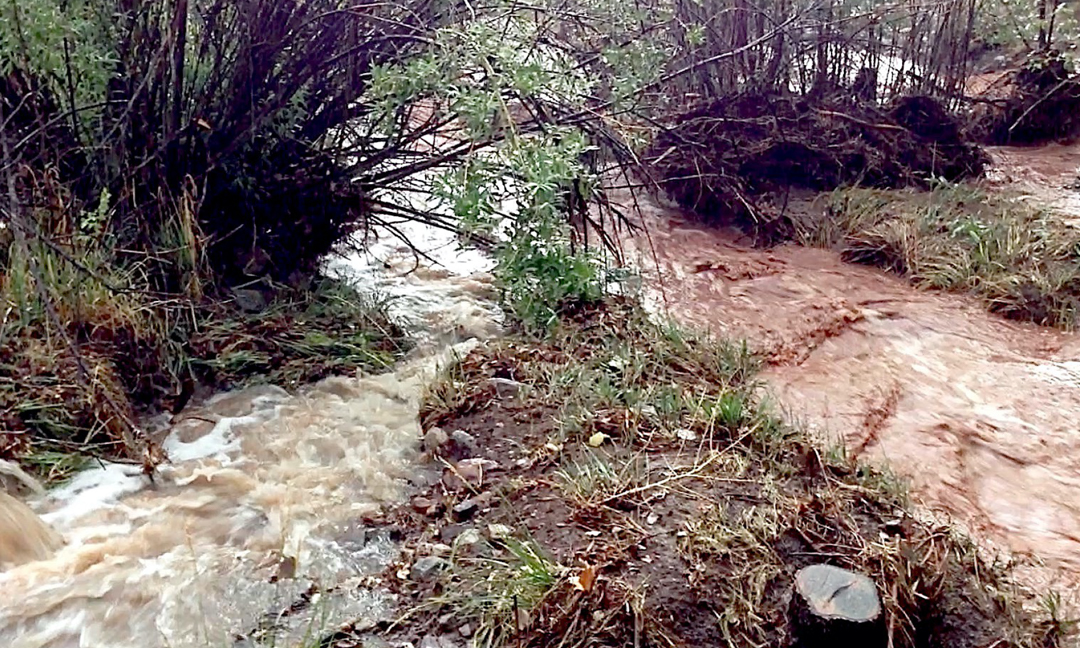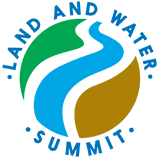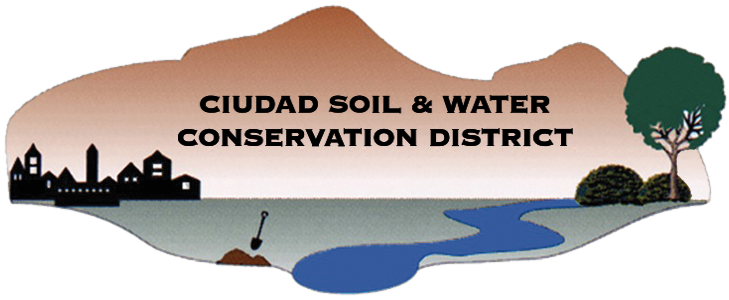

Land & Water Summit
Vision Statement
Connect, inspire, educate, and advocate for nature-based solutions in the arid Southwest.
Mission Statement
The Land and Water Summit is an annual conference that provides education and a forum for collaboration to advance nature-based solutions for land and water management in arid climates.
What Are Nature-Based Solutions?
Nature-based solutions are sustainable planning, design, environmental management, and engineering practices that leverage natural features and processes to enhance resilience in ecosystems and the built environment.
The benefits of nature-based solutions include mitigating and adapting to climate change, reducing disaster risk, improving human health outcomes, increasing water security, mitigating environmental degradation, and increasing biodiversity.
Who This Conference Serves
Planners, architects, engineers, landscape architects, landscape professionals, scientists, public land managers, traditional land stewards, water resource professionals, outdoor/environmental educators, policymakers, and developers.
Land and Water Summit Land Acknowledgement:
We open this conference by acknowledging that the Land and Water Summit is taking place on the unceded, ancestral, and contemporary homelands of the indigenous peoples of present-day New Mexico. We acknowledge the indigenous people who have stewarded and cared for the land and water since time immemorial. This relationship to land and water positions indigenous communities as vital in addressing the impacts due to climate change. We also acknowledge that indigenous communities disproportionately face vulnerabilities related to environmental degradation. At the Land and Water Summit, we commit to including indigenous voices in our conference programming, and we extend a standing invitation to our indigenous community members to join us in planning future summits.
Our host, Ciudad Soil and Water Conservation District is a political subdivision of the state of New Mexico. Ciudad SWCD promotes the conservation, improvement, and responsible use of the natural resources on the rural and urban lands within its boundaries, including:
Control and prevention of soil erosion; prevention of sediment and floodwater damage; furthering the conservation, development, beneficial application, and proper disposal of water; promoting the use of impounded water for recreation, propagation of fish and wildlife, irrigation, and for urban and industrial needs; and, by the application of those measures, conserving and developing the natural resources of the state, providing for flood control, preserving wildlife, protecting the tax base, and promoting the health, safety and general welfare of the people of New Mexico.
The Land and Water Summit is organized by a volunteer Steering Committee and subcommittees comprised of individuals and organizations representing the multiple professional disciplines this conference serves. We invite members of this community of practice to join us in organizing the conference by serving on a committee.
Committee Members:
- Steve Glass, Chair • Ciudad Soil and Water Conservation District
- Erin Blaz • Ciudad Soil and Water Conservation District
- Kali Bronson • Bernalillo County
- Patrick Chavez • Albuquerque Metropolitan Arroyo Flood Control Authority
- Sarah Ganley • Bohannan Huston, Inc.
- David Gatterman • Southern Sandoval County Arroyo Flood Control Authority
- Megan Marsee • Bernalillo County
- Annie Montes • Ciudad Soil and Water Conservation District, MRG Urban Waters Federal Partnership
- joni palmer • UNM Southwest Environmental Finance Center
- Richard Perce • Groundwork Studio
- Jayce Proctor • Environmental protection Agency
- George Radnovich • Sites Southwest
- Carla Salazar • Southern Sandoval County Arroyo Flood Control Authority
- Phyllis Baker, Consultant • Baker Creative
Justice, Equity, Diversity, and Inclusion Statement
The Land and Water Summit recognizes that conservation, social and environmental justice, and public health are interconnected. Yet, we have much to learn about the history and implications of this relationship. We feel strongly that everyone deserves a healthy environment free from harassment and should have a voice in shaping what that means for their community. However, historical systemic exclusion and marginalization have meant that many communities have been denied the benefits of conservation and conservation education. Moreover, low-income communities and communities of color have experienced significantly greater impacts from contaminated water and soils, polluted air, and impacts from the climate emergency. These inequities have resulted in compromised public health in low-income communities and communities of color, placing them at greater risk for poor health outcomes.
The Land and Water Summit is committed to making our conference more accessible to all community members. This is not only a moral imperative but providing opportunities and resources to a diverse array of participants will also result in healthier land and water, with resultant improvements in public health. By investing in efforts that foster justice, equity, diversity, and inclusion (JEDI), we commit to creating more effective and enduring benefits for all participants. In our efforts to make the Land and Water Summit as accessible as possible for all members of our community, we welcome input and critique from conference participants.

